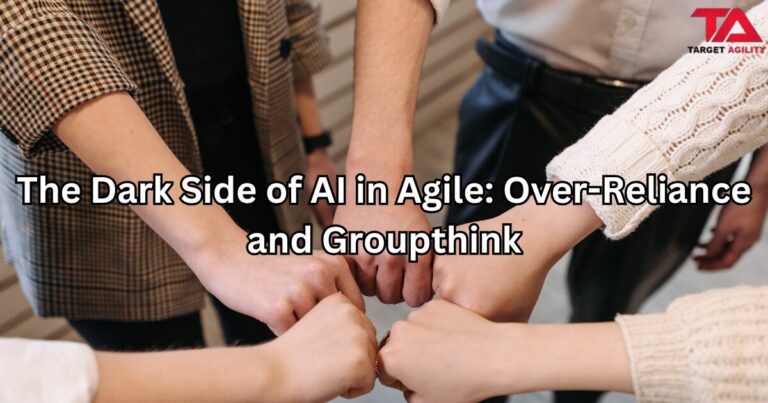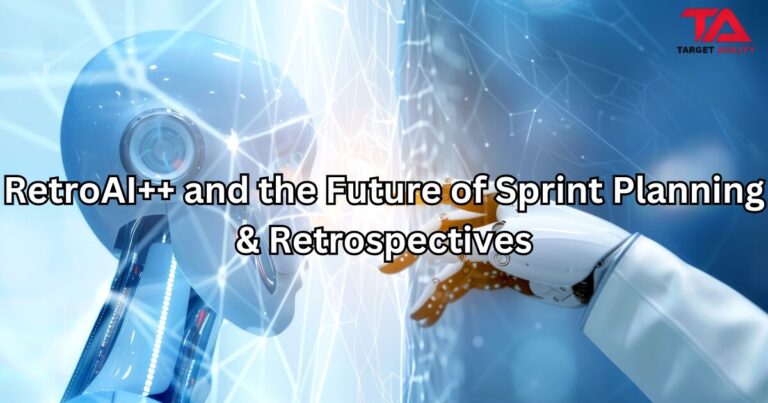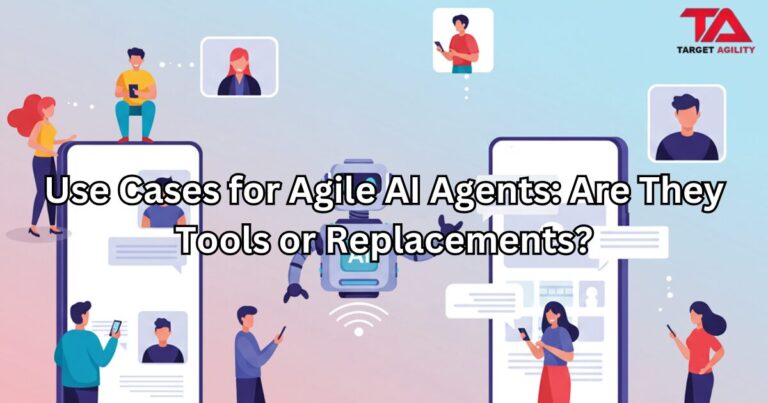Introduction
In a world where change is constant, businesses face numerous challenges in staying ahead of the curve.This is where the Scaled Agile Framework (SAFe) emerges as a powerful ally. In this blog, we will dive into the myriad benefits of SAFe Agile and explore how it equips organizations with the tools to adapt, flourish, and achieve sustainable growth.
1. Fostering Collaboration and Clear Communication
The heart of SAFe Agile lies in fostering a culture of collaboration and open communication. By uniting teams, stakeholders, and management under a shared vision and common goals, SAFe creates an environment where ideas flow freely, leading to faster decision-making and a reduced risk of miscommunication.
2. Accelerating Time-to-Market
The essence of SAFe Agile lies in its ability to expedite time-to-market. By embracing incremental development and regular iterations, organizations can swiftly deliver functional products and updates. This rapid pace enables businesses to meet customer demands promptly and adapt quickly to changing market needs.

3. Elevating Product Quality
SAFe Agile places a strong emphasis on product quality throughout the development process. Through continuous integration and automated testing, defects are identified and addressed early, leading to improved product quality and customer satisfaction.
4. Predictable and Reliable Outcomes
SAFe Agile’s structured approach to planning and execution provides organizations with predictability and reliability in their project outcomes. Regular iterations and release cycles offer insights into progress, allowing teams to identify potential roadblocks and make necessary adjustments, ensuring projects stay on track.
5. Aligned with Strategic Business Goals
SAFe Agile takes a customer-centric approach, aligning every effort with the organization’s strategic business objectives. This alignment ensures that development efforts are focused on delivering value to customers, driving business growth, and maintaining a competitive edge.
6. Igniting Employee Engagement
SAFe Agile empowers team members by fostering ownership and autonomy in their work. When employees have a say in how they approach tasks and are given the authority to make decisions, their engagement and motivation soar. This heightened commitment leads to increased creativity, innovation, and a more harmonious work environment.
7. Scalability and Flexibility
Adaptability is a hallmark of SAFe Agile. The framework can seamlessly scale to meet the needs of organizations of all sizes, making it suitable for startups as well as large enterprises. SAFe Agile facilitates the integration of multiple teams and projects, enabling organizations to operate as a unified force.
8. Mitigating Risks
The incremental nature of SAFe Agile development mitigates risks associated with large-scale product releases. Frequent delivery of tested increments allows teams to detect potential issues early and address them before they escalate into major setbacks.
9. Embracing Transparency
Transparency is a vital pillar of SAFe Agile. The framework provides clear visibility into project progress through metrics, reporting, and regular ceremonies, promoting accountability and building trust among stakeholders.
10. Cultivating a Culture of Continuous Improvement
SAFe Agile nurtures a culture of continuous improvement. Teams are encouraged to regularly reflect on their processes, identify areas for enhancement, and implement changes that drive productivity and efficiency.
Conclusion
In today’s dynamic business landscape, embracing the power of the Scaled Agile Framework (SAFe) can be a transformative strategy. The benefits of SAFe Agile, from encouraging collaboration and accelerating time-to-market to elevating product quality and igniting employee engagement, position organizations to thrive amidst complexity. By adopting SAFe Agile, businesses can unlock their true potential for innovation, deliver exceptional value to their customers, and pave the way for enduring success.









